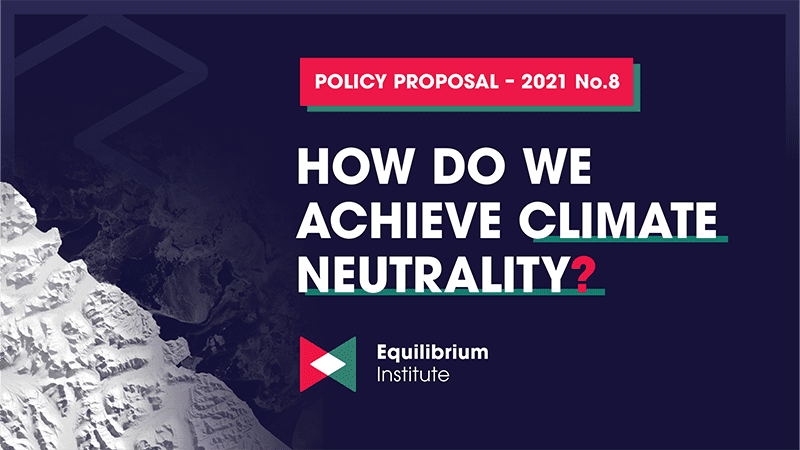One of the most important goals of the European Union – and thus of Hungary as an EU Member State – is to achieve full climate neutrality by 2050. In 2020, the Hungarian National Assembly adopted the Act on Climate Protection. This law sets the goal that by 2030 Hungary will reduce its emissions by 40% as compared to the 1990 level, and that by 2050 it will attain full climate neutrality.
However, the way this commitment is structured implies that too large a slice of the total emissions reduction will be left to the period after 2030. In other words, all the efforts spared up to that point will have to be made up for by an increased pace in the efforts thereafter, with a concomitantly increased cost to society.
Furthermore, such slow progress would also prevent us from attaining a strong position ahead of others in the new climate-neutral global economic system of the future. That is why Hungary needs new and stricter, but at the same time also realistic, climate targets for 2030. In addition to distributing the burdens of attaining full climate neutrality until 2050 more equally over time, this new set of targets should also make it possible to comply with the increasingly strict EU targets.
You can view the additional policy proposals at the following link:
https://staging.egyensulyintezet.hu/wp-content/uploads/2022/11/ei_klima1_javaslat_ENG_v5.pdf


